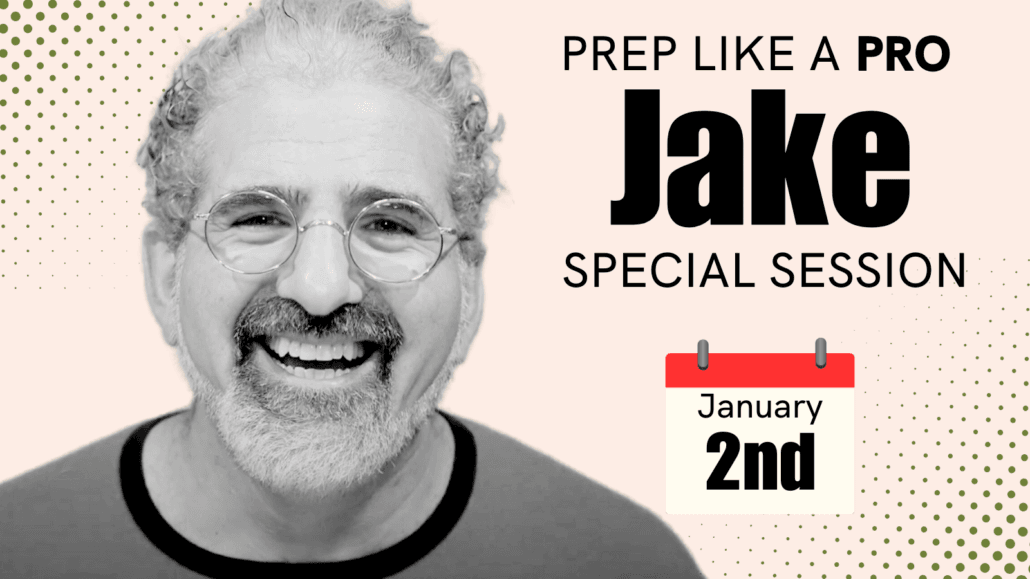[spb_text_block pb_margin_bottom=”no” pb_border_bottom=”no” width=”1/1″ el_position=”first last”]
Formatting PART 2: The Goldilocks Syndrome
By Jacob Krueger
[/spb_text_block] [divider type=”thin” text=”Go to top” full_width=”no” width=”1/1″ el_position=”first last”] [spb_text_block pb_margin_bottom=”no” pb_border_bottom=”no” width=”1/1″ el_position=”first last”]
As I discussed in part 1 of this article, for a producer, reading a truly great script is like finding a hidden spring in the middle of a vast desert. But industry executives are so used to seeing mirages, that unless you show them in the right way, they may not even recognize real water when they see it.
That’s bad news for a lot of writers. But it’s good news for you. Because if you understand the ways that producers form their first impressions of a script, you can use them to your advantage, to start winning over your readers from the very first page.
Finding Your Way Through The Goldilocks Syndrome
A producer’s desk generally has a stack of unread scripts about ten feet high, all of which they are supposed to read, and most of which they will never even find time to look at. Every night, before they go home, their guilt compels them to pick up a script to read that night, even knowing they most likely will not complete it.
The first step in this process is to find the thinnest script in the pile. Now that doesn’t mean that your 37 page screenplay is going to get read. The thing has to feel like a movie or they know they can’t make it. What it does mean is that unless you’ve got a killer agent calling every day to harass them, your script had better be less than 100 pages, or it’s never going to make it out of the pile. You can imagine Goldilocks in the home of the three bears… looking for the script that’s not too short… not too long… but just right.
Help Your Screenplay Pass The Flip Test
Once they’ve found a script of the right potential length, a producer’s next defense mechanism is what I call the flip test. A quick flip through the script to see if it looks right. Does it look like a screenplay? Or more like a novel. Is it in the right font, and the right format. Is it too dense, or too sparse? Does it have the right balance of action or dialogue. Fail the flip test, and you’re back in the limbo of the pile. Pass it, and there’s just one more test to go.
The Importance of the First Page
Before he takes your script home with him, the producer will generally skim the first page. Hook him, and you’re going in the briefcase. Lose him, and he’s lost forever.
What does that mean? It means you have to polish the heck out of that first page. It means you’ve got to captivate him from the first line, and the first image. It means you have to catch every grammar and spelling error. And most importantly, it means you have to establish a language in the way your screenplay delivers information that makes your story easy to read and visualize, and conjures it as a film in the mind of your reader. Once you’re in the briefcase, it means you’ve done your job. But now it’s time to make sure your script is wearing something appropriate under that jacket.
Remove The Obstacles That Block Your Reader’s Way
With all the emphasis that we put on hook, character, dialogue, and ideas, it’s easy to forget that the most important element in truly hooking your reader, and making sure they see the value in your script, is actually format. Now don’t get me wrong. If your characters are poorly developed, your hook is weak, your scenes are passive, and your dialogue is boring, it’s not going to matter how perfect your formatting is. But once you’ve got a screenplay that’s actually working, format is the delivery mechanism that allows your story to play visually in the reader’s mind, as if it were a movie.
Format Isn’t Just About Rules
Many writers make the mistake of thinking that all they have to do is look up the proper formatting in The Hollywood Standard in order to make their script perfect. But the truth is actually much more complicated. Format is a lot like grammar. No one speaks it properly, and if you did, you’d end up like that kid in high school who insisted on the difference between who and whom when addressing his friends… not exactly the most popular guy to talk to.
At the same time, everybody knows bad grammar when they hear it. And if your grammar is bad, that’s even worse than being stilted, because nobody takes you seriously. No producer has read The Hollywood Standard. And just like with grammar, most producers don’t really know what a script is “supposed” to look like. But what they do know for sure is what it’s not supposed to look like. So as a writer, you not only need to define clear rules for your script, you have to learn to do so in a way that conforms to producers’ expectations… without compromising the integrity of your storytelling.
Understanding the format of your script is about understanding what rules you need to conform to, and which rules you need to bend in order to make your script readable and compelling. And more importantly, it’s about understanding that just like every region of the country has its own way of speaking, every script has its own dialect. If you think about it like a Southern drawl, or a New England twang, you’ll realize that the way you handle your screenplay’s format communicates more than just shots of your script. It also communicates the feeling of that script as people read it, the pacing, the rhythm and the emotional world of your story.
An Organic Approach To Format
The good news is, when you’re thinking in format, you’re not just thinking like a writer. You’re thinking like a filmmaker. Telling your movie in the images and the cuts, the pacing and the montage, and creating an experience on the page that not only looks like a screenplay, but also captures the feelings an audience is going to have as they watch the film on screen. The best screenplay format doesn’t just tell the reader what’s happening. It conjures the experience of the film. So the reader doesn’t just read your script. They actually see it. When you understand this, you can stop seeing format as an obstacle or as the annoying busywork of your screenwriting, and start seeing it as part of your art as a screenwriter.
Master Screenwriting Format
The best format is not something imposed upon a screenplay. Rather, it grows out of the needs of the individual script. That’s why a Charlie Kaufman script reads so much different than a Coen Brothers script, and even why there can be such strong variations even among scripts by the same writer. Generating the right format for your script can help you to locate the essential elements of each scene, and bring them to the surface so that everyone can appreciate them. It means delivering information in a way that even a skimming coverage reader can’t miss it. And it means making your writing so compelling that once someone starts reading, there’s no stopping them from finishing.
[/spb_text_block]



